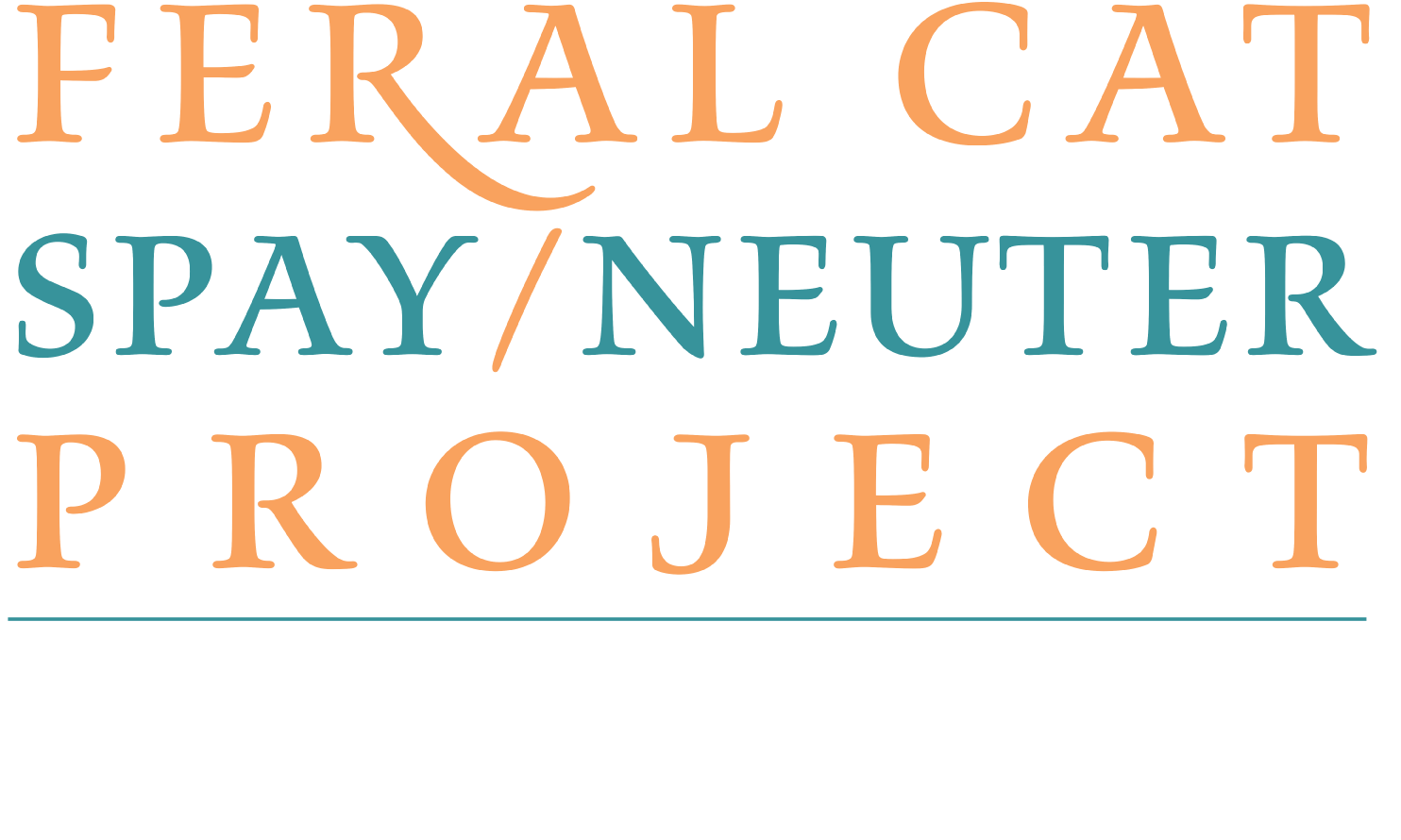Resources
Overview
This section provides information that is useful to veterinarians and others involved in operating a high volume, high quality spay/neuter clinic.
Position Statements
We provide links to position statements on pediatric spay/neuter and on trap-neuter-release (TNR) for veterinarians and veterinary care workers that are unclear about the professional viewpoint regarding these issues.
American Veterinary Medical Association
Early-Age (Prepubertal) Spay/Neuter of Dogs and Cats
American Association of Feline Practitioners
AAFP Position Statement on Free-Roaming Abandoned and Feral Cats
Humane Society of the United States
HSUS Position Statement: Trap-Neuter Return (TNR)
Video Library
A full list of short videos offered in Our Clinic Model to be viewed online.
Photo Library
A full list of photographs offered in Our Clinic Model section.
Printable Clinic Documents
View, download and use the clinic documents that we use every day, including Daily Anesthesia Logs and the Ear Tip Template. Adapt them to your own needs or use them as we do.
Cost Saving Practices
We save thousands of dollars by using simple practices that save a little every day. You can, too. In one location, we have our full list of Cost Saving Practices for your review.
Veterinary Journal Articles
We provide you references to articles from professional veterinary journals on the topics of pediatric spay/neuter, free-roaming cats and the TKX anesthetic protocol. Short summaries accompany each reference.
Video Resources
All videos are quicktime movies and require a Quicktime Player to view.
Photo Resources
Printable DocumentS
Cost Saving Practices
We subscribe to the old saying, “A penny saved is a penny earned,” but our version is “Save more and spay/neuter more”. Despite being fiscally sound, we still make every effort to save money where we can. Just like litters of kittens, the savings add up.
Veterinary Journal Articles
TKX ANESTHETIC COCKTAIL
Use of the anesthetic combination of tiletamine, zolazepam, ketamine, and xylazine for neutering feral cats
Lindsay S. Williams, Julie K. Levy, Sheilah A. Robertson, Alexis M. Cistola, Lisa A. Centonze
Journal of the American Veterinary Medical Association.
May 2002, Vol. 220, No. 10: 1491-1495.
Summary: TKX is inexpensive, predictable, is administered easily and quickly and is associated with a low mortality rate. Of 7500 cats, 17 cats (0.0023%) died from causes attributed to solely to anesthesia.
TRAP-NEUTER-RETURN
Population characteristics of feral cats admitted to seven trap-neuter-return programs in the United States
Jennifer L Wallace, Julie K Levy Journal of Feline Medicine and Surgery.
August 2006;8(4):279-84.
Summary: Of 103,643 cats admitted to trap-neuter-return programs, 53.4% were intact females. Only 2.3% of all cats was found to be previously altered. Overall, 15.9% of females were pregnant at surgery. Pregnancy was seasonal and peaked in March and April for cats from latitudes ranging from Hawaii to Seattle. The average pregnancy litter size was 4.1 kittens. Cryptorchidism was observed in 1.3% of the male cats. Only 0.4% of cats were euthanized for the presence of debilitating conditions.
Reproductive capacity of free-roaming domestic cats and kitten survival rate
Felicia B Nutter, Jay F Levine, Michael K Stoskopf
Journal of the American Veterinary Medical Association.
November 2004;225(9):1399-402.
Summary: Pregnant cats were observed in all months but peaked in March, April and May. The mean number of litters/cat was 1.4 litters per year with a median of 3 kittens/ litter born; range was 1 to 6. Overall, 75% of kittens died or disappeared before six months of age, a rate similar to that of wild carnivores.
PEDIATRIC SPAY/NEUTER
Long-term outcome of gonadectomy performed at an early age or traditional age in cats
Lisa M. Howe, Margaret R. Slater, Harry W. Boothe, H. Phil Hobson, Theresa W. Fossum, Angela C. Spann, W. Scott Wilkie
Journal of the American Veterinary Medical Association.
Dec 2000, Vol. 217, No. 11: 1661-1665.
Summary: Prepubertal gonadectomy did not result in increased incidence of infectious disease, behavioral problems or any other body system problem within three years following surgery. Retention rate in adoptive homes was the same as cats altered at the traditional age.
Long-term risks and benefits of early-age gonadectomy in cats
C. Victor Spain, Janet M. Scarlett, Katherine A. Houpt
Journal of the American Veterinary Medical Association.
Feb 2004, Vol. 224, No. 3: 372-379.
Summary: Of 1660 cats altered, the occurrence of abscesses, aggression toward veterinarians, sexual behaviors and urine spraying was decreased in male cats altered before 5.5 months of age while hiding was increased. Among all cats altered before 5.5 months, the incidence of asthma, gingivitis and hyperactivity were decreased while shyness was increased. Early-age gonadectomy was not associated with increased death, increased relinquishment, or serious medical or behavioral conditions. In fact, early-age neutering may benefit male cats.
